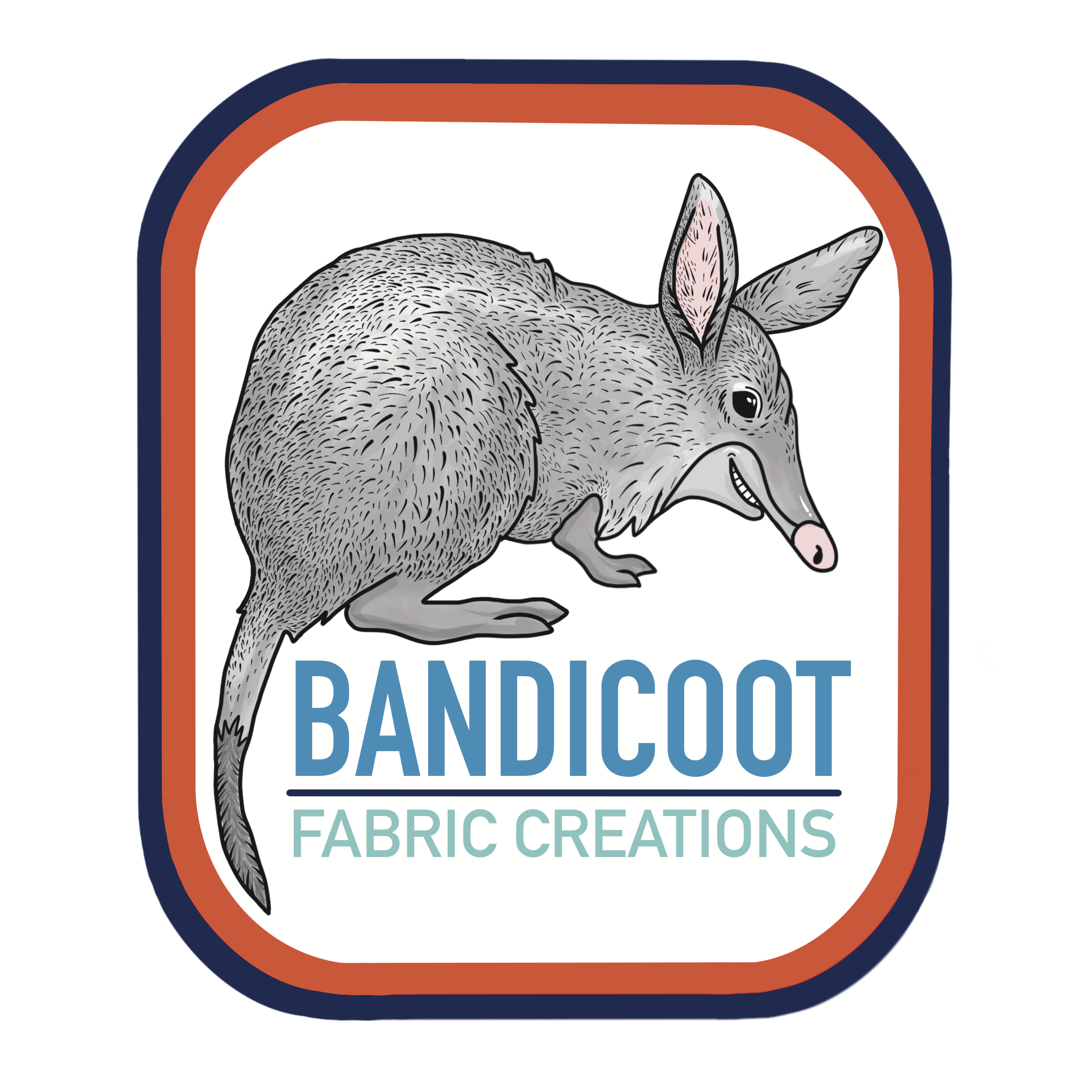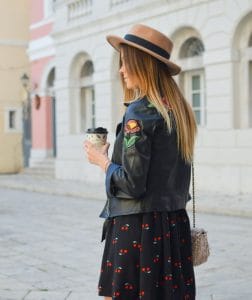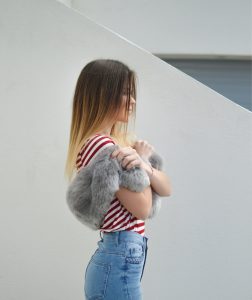A fashion blog can cover many things such as specific items of clothing and accessories, beauty tips, trends in various apparel markets (haute couture, prêt-à-porter, etc.), celebrity fashion choices, and street fashion trends. They cover fashion at all levels from the largest fashion design houses to the smallest independent designers.
Many fashion blogs could also be categorized as shopping blogs, similar to the content of fashion magazines. Some retailers in the fashion industry have started blogs to promote their products.
Some blogs focus more on fashion advice, featuring how-to articles for the lay reader. Articles discuss clothing fit, the matching and complementing of colors, and other information on clothes wearing and care along with prescriptive advice on adhering to basic standards and recent trends.

How to Get More Results Out of Your Design?
Fashion blogs are increasingly becoming a part of the mainstream fashion press.
An increasing number of fashion bloggers were invited to designers’ fashion shows in 2006 compared to previous years. Large advertisers like H&M and Gap have bought advertising on fashion blogs, and other large companies like the underwear-maker Jockey are targeting fashion blogs in their PR efforts.
Many big media organizations have started fashion blogs and the best fashion bloggers are now also being offered mainstream media positions. (See above for more details.)
Fashion blogging is also now regarded as worthy of mainstream media coverage. The reference list below shows the very high caliber of media publications that have written about fashion blogs. These publications include the Wall Street Journal, The New York Times, Fast Company, and the Sydney Morning Herald.
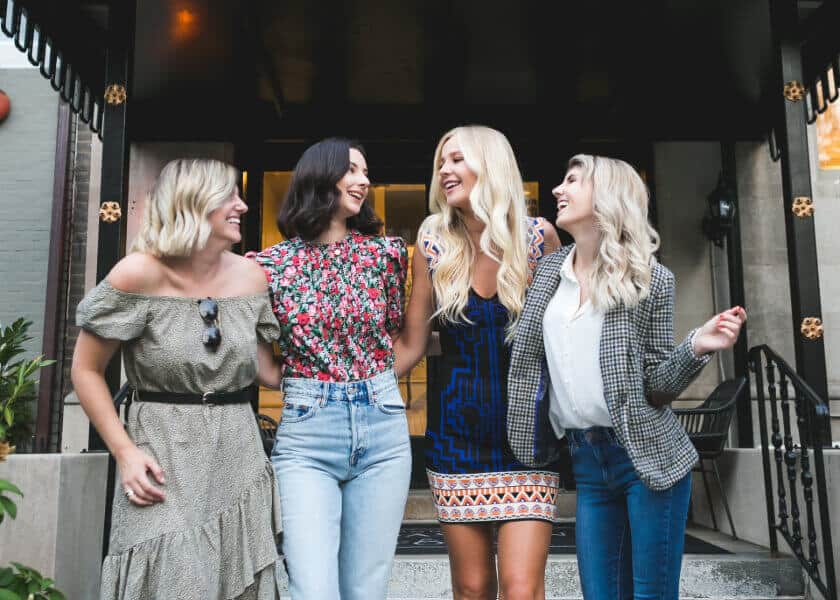
H1: Why We Love Fashion (And You Should, Too!)
This is my average total monthly spending from one year living in Seattle’s Capitol Hill, one year living in San Francisco’s Upper Haight, one year traveling to 20 countries, and one month at a hotel in Bali. It is much cheaper for me to travel. Since the majority of my costs are from trains and flights, it’s significantly cheaper if I stay in one place.
H2: Fashion makes me more productive
This is my average total monthly spending from one year living in Seattle’s Capitol Hill, one year living in San Francisco’s Upper Haight, one year traveling to 20 countries, and one month at a hotel in Bali. It is much cheaper for me to travel. Since the majority of my costs are from trains and flights, it’s significantly cheaper if I stay in one place.
H3: 9–5 is not optimal
This is my average total monthly spending from one year living in Seattle’s Capitol Hill, one year living in San Francisco’s Upper Haight, one year traveling to 20 countries, and one month at a hotel in Bali. It is much cheaper for me to travel. Since the majority of my costs are from trains and flights, it’s significantly cheaper if I stay in one place.
H4: Fashion expands my cultural bubble
This is my average total monthly spending from one year living in Seattle’s Capitol Hill, one year living in San Francisco’s Upper Haight, one year traveling to 20 countries, and one month at a hotel in Bali. It is much cheaper for me to travel. Since the majority of my costs are from trains and flights, it’s significantly cheaper if I stay in one place.
H5: Fashion Therapy is not the same as vacation
This is my average total monthly spending from one year living in Seattle’s Capitol Hill, one year living in San Francisco’s Upper Haight, one year traveling to 20 countries, and one month at a hotel in Bali. It is much cheaper for me to travel. Since the majority of my costs are from trains and flights, it’s significantly cheaper if I stay in one place.
H6: I became a nomad by accident
This is my average total monthly spending from one year living in Seattle’s Capitol Hill, one year living in San Francisco’s Upper Haight, one year traveling to 20 countries, and one month at a hotel in Bali. It is much cheaper for me to travel. Since the majority of my costs are from trains and flights, it’s significantly cheaper if I stay in one place.
Heading H1
Heading H2
Heading H3
Heading H4
Heading H5
Heading H6
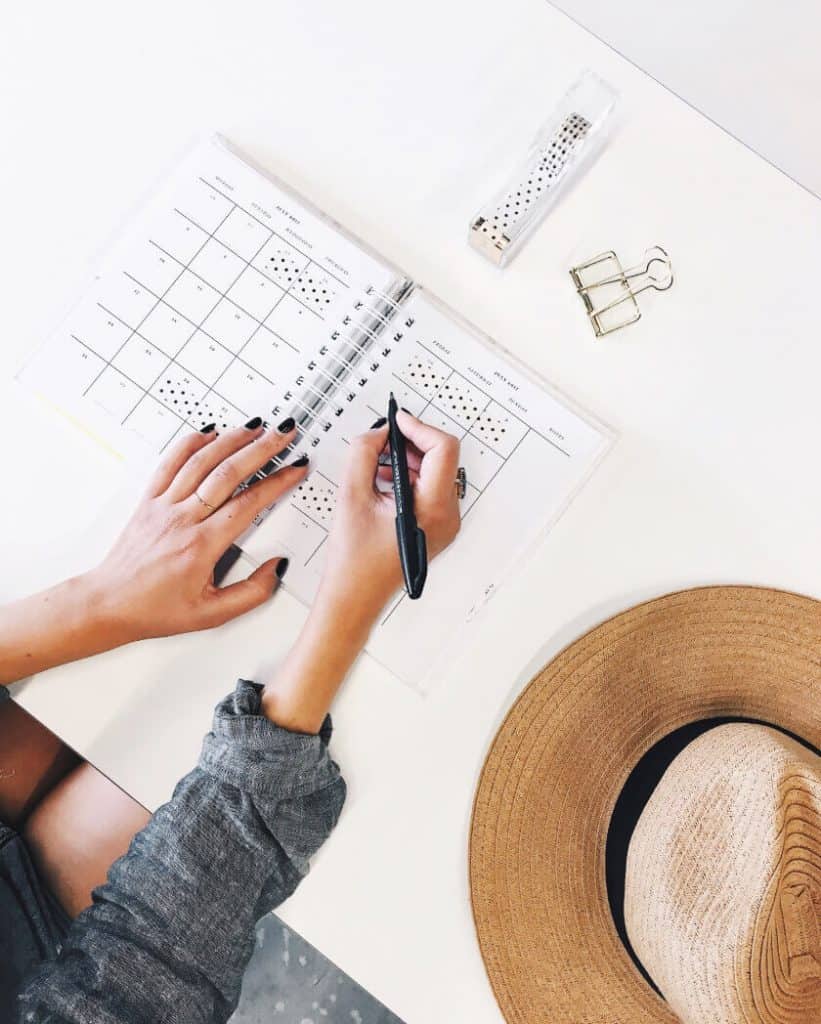
Japanese street fashion has made the international news quite a bit this year, but not always for good reasons. From CNN and I-D Magazine to a much-shared Quartz article to various unsourced blog posts, the English-speaking internet has been gleeful in declaring Harajuku “dead”. It’s a cliche at this point to dismiss stories as “Fake News”, but modern media feeds on shocking and upsetting headlines to get more clicks. “Harajuku is Dead!” sells far better than the more accurate “Harajuku is Changing”.
You can have anything you want in life if you dress for it.
Edith Head

I wasted a lot of time when I worked in an office because of commuting and the massive distraction that is the internet. Now I spread my work throughout the day and take big breaks for exploring. After working for a few hours, I reach a milestone and explore the city until I want to get back to work. Or if I hit a problem I can’t figure out, I walk it off until I’ve solved it. Cycling between fun and work makes my days less exhausting and makes me less prone to burnout. Or if I hit a problem I can’t figure out, I walk it off until I’ve solved it.
Peco has proven she’s uniquely tuned into the trends that matter most to Harajuku’s youngest generation of girls. If she says that the swinging 60s have arrived, we aren’t going to argue!

For bonus 1960s-inspired Japanese fashion, check these two groovy boutiques:
- But I must explain to you how all this mistaken idea of denouncing pleasure and praising pain was born.
- I will give you a complete account of the system and expound.
- How all this mistaken idea of denouncing pleasure and praising pain.
- I will give you a complete account of the system and expound.
Fashion you can buy, but style you possess. The key to style is learning who you are, which takes years. There’s no how-to road map to style. It’s about self-expression and, above all, attitude.
- But I must explain to you how all this mistaken idea of denouncing pleasure and praising pain was born.
- I will give you a complete account of the system and expound.
- How all this mistaken idea of denouncing pleasure and praising pain.
- I will give you a complete account of the system and expound.

“Fashion is what you’re offered four times a year by designers.” 
“I like my money right where I can see it hanging in my closet.” 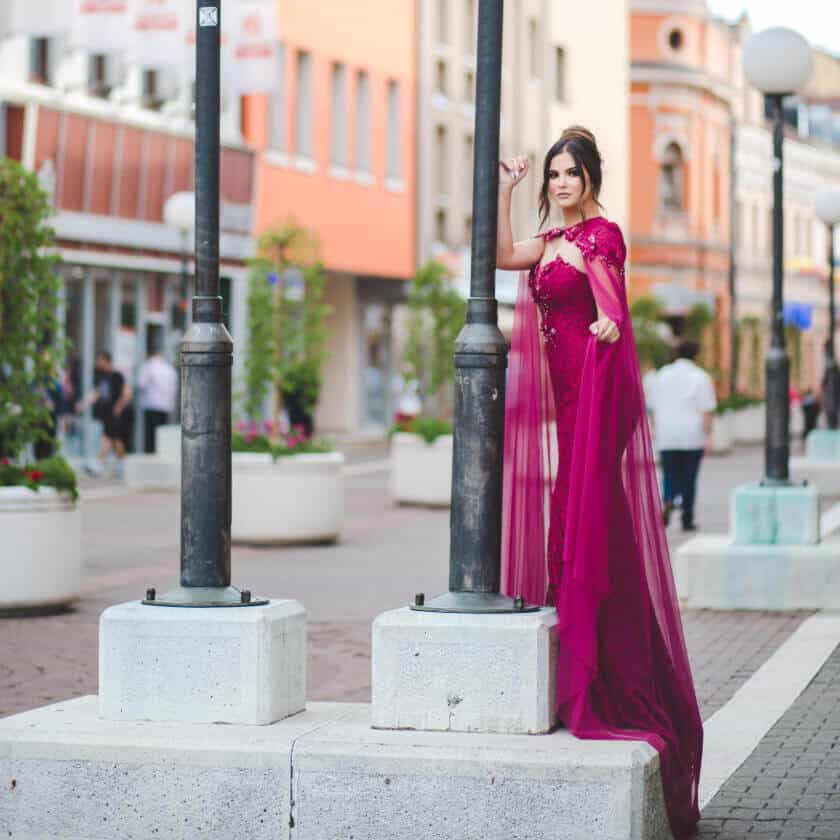
“People will stare. Make it worth their while.”
Although the fashion industry developed first in Europe and America, as of 2017, it is an international and highly globalized industry, with clothing often designed in one country, manufactured in another, and sold worldwide. For example, an American fashion company might source fabric in China and have the clothes manufactured in Vietnam, finished in Italy, and shipped to a warehouse in the United States for distribution to retail outlets internationally.
Because data on the fashion industry typically are reported for national economies and expressed in terms of the industry’s many separate sectors, aggregate figures for the world production of textiles and clothing are difficult to obtain. However, by any measure, the clothing industry accounts for a significant share of world economic output. The fashion industry consists of four levels:
- The production of raw materials, principally Fiber, and textiles but also leather and fur.
- The production of fashion goods by designers, manufacturers, contractors, and others.
- Retail sales.
- Various forms of advertising and promotion.
The fashion industry has long been one of the largest employers in the United States, and it remains so in the 21st century. However, U.S. employment declined considerably as production increasingly moved overseas, especially to China.

“Don’t be into trends. Don’t make fashion own you, but you decide what you are, what you want to express by the way you dress and the way to live.”
These levels consist of many separate but interdependent sectors. These sectors are Textile Design and Production, Fashion Design and Manufacturing, Fashion Retailing, Marketing and Merchandising, Fashion Shows, and Media and Marketing. Each sector is devoted to the goal of satisfying consumer demand for apparel under conditions that enable participants in the industry to operate at a profit.
| Name | Position | Office |
|---|---|---|
| Erica Romaguera | Coach | Audi |
| Caleigh Jerde | Lawyer | Pizza Hut |
| Lucas Schultz | Librarian | Burberry |
| Carole Marvin | Massage Therapist | Division 4 |
